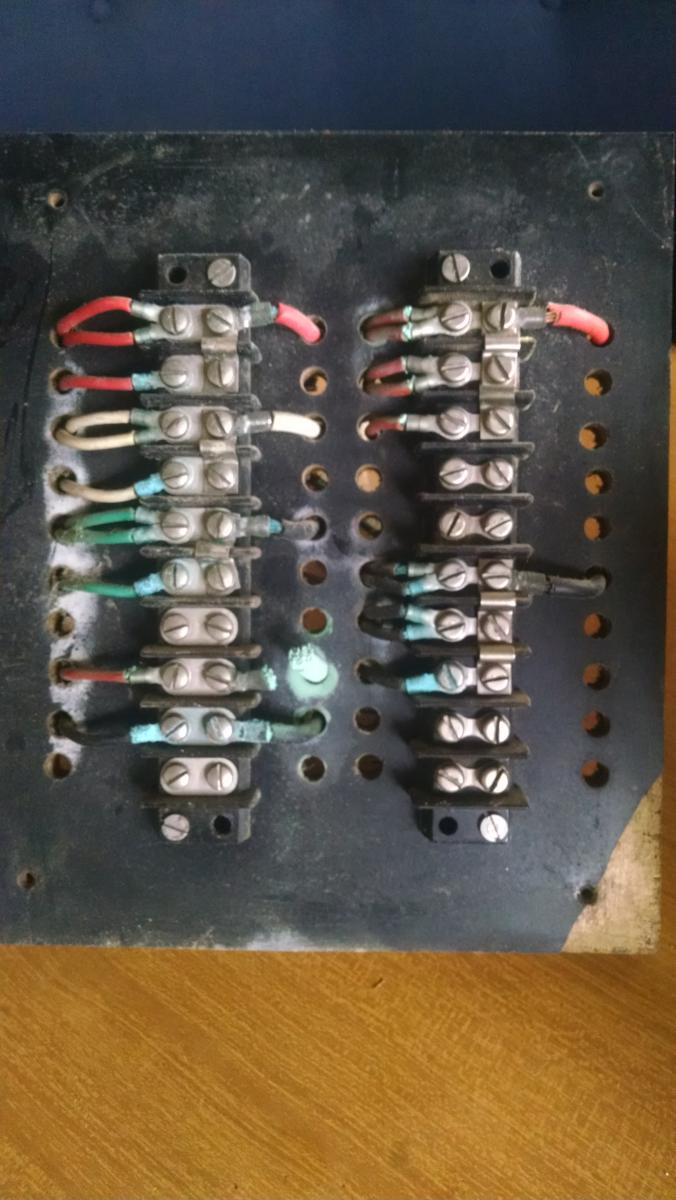firstbase
Guru
- Joined
- Nov 6, 2016
- Messages
- 1,644
- Location
- United States
- Vessel Name
- Black Eyed Susan
- Vessel Make
- Grand Banks 42' Classic
Is it ok to splice additional length of wiring into my 120V AC cable or is it necessary to re-run the entire length?

